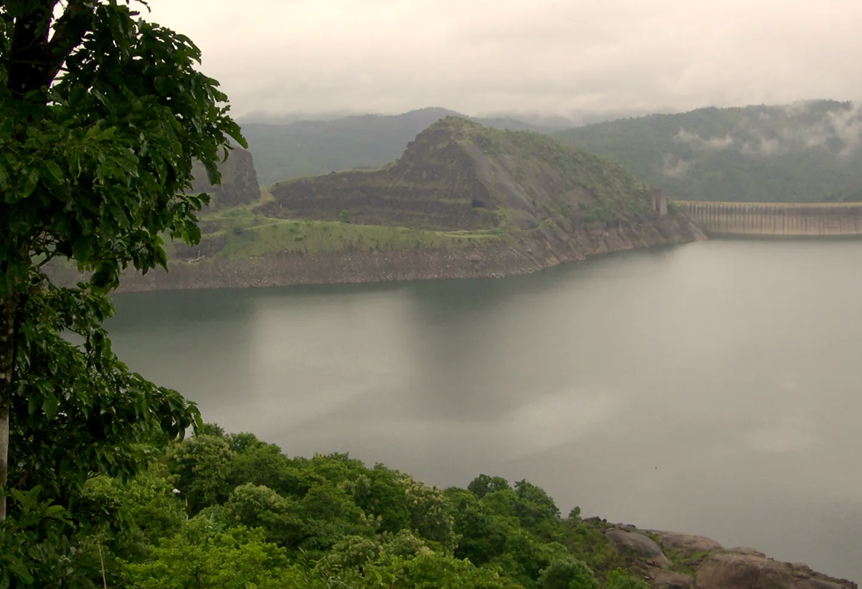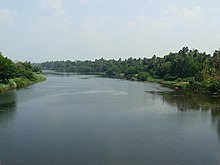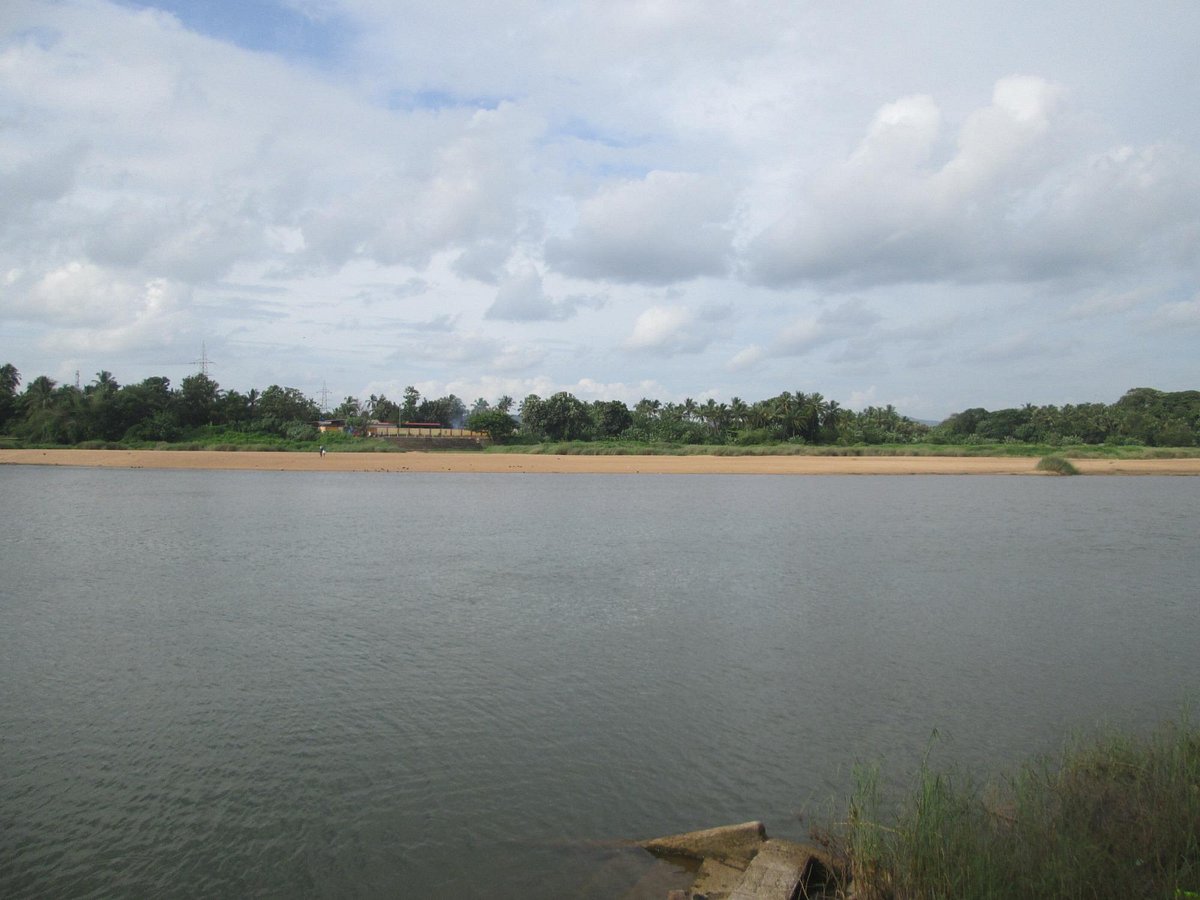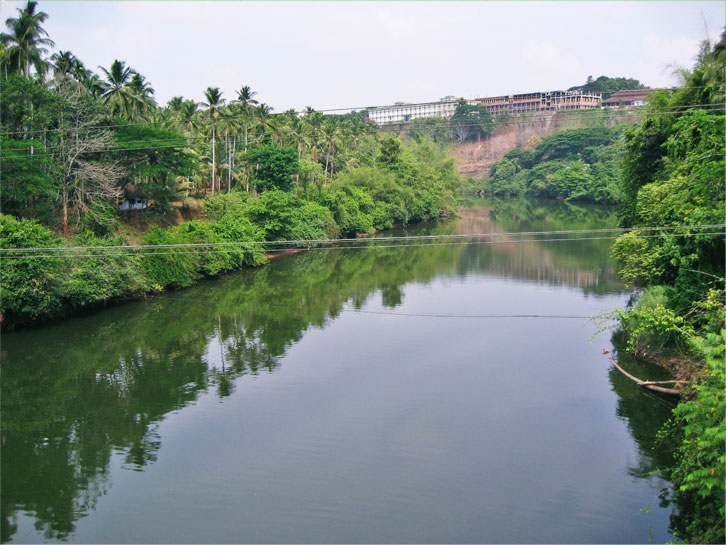- The Aranmula Parthasarathy Temple is one of the "Divya Desams", the 108 temples of Vishnu revered by the 12 poet saints, or Alwars located near Aranmula, a village in Pathanamthitta District, Kerala, South India.
- Constructed in the Kerala style of architecture, the temple is glorified in the Divya Prabandha, the early mediaeval Tamil canon of the Azhwar saints from the 6th–9th centuries AD.
- It is one of the 108 Divyadesam dedicated to Krishna, an avatar of Vishnu, who is worshipped as Parthasarathy.
- Parthasarathy is the other name of Krishna on account of his role as Arjuna's Charioteer in the Mahabharata war.
- It is one of the most important Krishna temples in Kerala, the others being at Guruvayur Temple, Trichambaram Temple, Thiruvarppu and Ambalappuzha Sri Krishna Temple.
- It is one of the five ancient shrines in the Chengannur area of Kerala, connected with the legend of Mahabharata, where the five Pandavas are believed to have built one temple each; Thrichittatt Maha Vishnu Temple by Yudhishthira, Puliyur Mahavishnu Temple by Bheema, Aranmula by Arjuna, Thiruvanvandoor Mahavishnu Temple by Nakula and Thrikodithanam Mahavishnu Temple by Sahadeva.
- The sacred jewels, called Thiruvabharanam of Ayyappan are taken in procession to Sabarimala each year from Pandalam, and Aranmula Temple is one of the stops on the way.
- Also, the Thanka Anki, golden attire of Ayyappa, donated by the king of Travancore, is stored here and taken to Sabarimala during the Mandala season of late December.
PURANIC SIGNIFICANCE 1:
- This Divyadesam is constructed and devoted by Arjun, one among the Pancha Pandavas.
- During the 18 day Kurukshetra battle in Mahabharata war, when Arjunan and Karnan were fighting, Karnan’s Chariot got stuck in the land.
- He got down from the Chariot and tried to get the wheels out of the place. But, he could not do so.
- At that time, Karnan asked Arjunan not to fight with him at that time and asked him to wait for sometime.
- But, neglecting his words, Arjun killed Karna using his bow and arrow.
- But, he felt very sad for his act and to get rid of this curse, he built this temple and devoted the perumal, Thirukkuralappan.
- The perumal is said to be the amsam of Vaamana.
- Arjuna was able to get the seva of Sriman Narayanan as “Parthasarathy” during Mahabharatam and Vaaman in this sthalam.
PURANIC SIGNIFICANCE 2:
- According to the legend , the Pandavas , after crowning Prince Parikshit, left on a pilgrimage tour of India.
- While travelling in the parts now known as Kerala, these Pandava brothers installed Sri Narayana on the banks of the Pampa and nearby places and offered worship.
- It is said that Arjuna built this temple at a place called Nilackal near Sabarimala and the idol was brought here in a bamboo raft made of six pieces and hence the name Aranmula (six pieces of bamboo).
PURANIC SIGNIFICANCE 3:
- Once, Brahma devan lost his Gnana book and to regain it, he did a great tapas over this sthala perumal.
- At that time, the Perumal showed his seva and blessed him that he will retain the Gnana book.
- This is one of the historical stories said about this sthalam.
Temple administration
- The temple is open from 4 am to 11:00 am and 5 pm to 8 pm and is administered by the Travancore Devaswom Board of the Government of Kerala.
- The king of Travancore maintained the golden dress in the temple, offered to Sabarimala Ayyappan Temple.
- The practice of offering the golden dress to Sabarimala temple annually is done by the board.
e1ada0.png)



